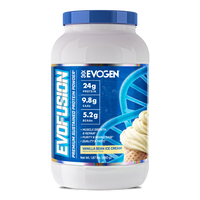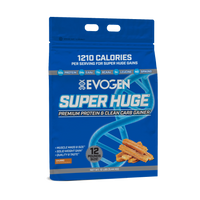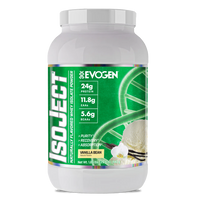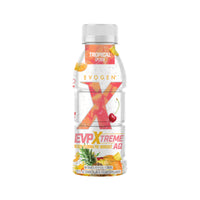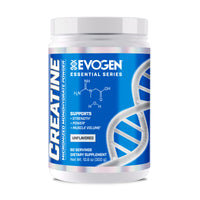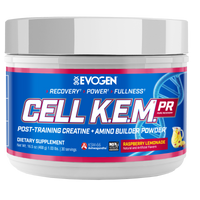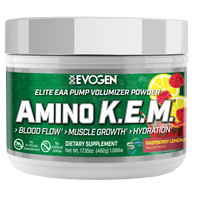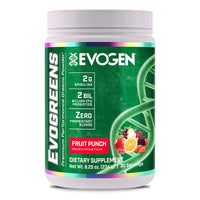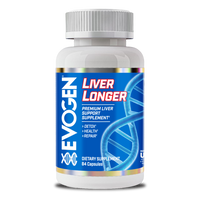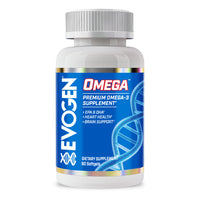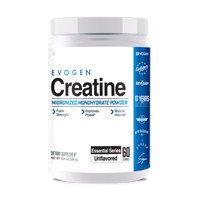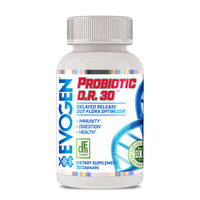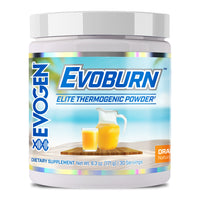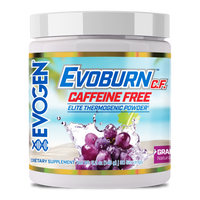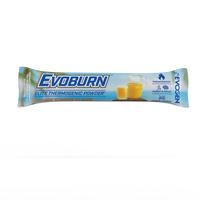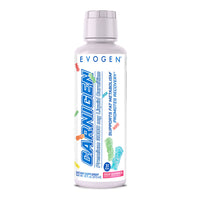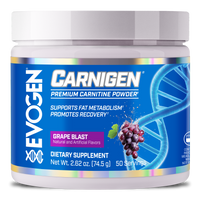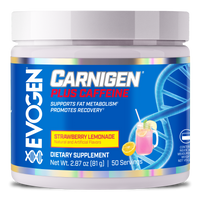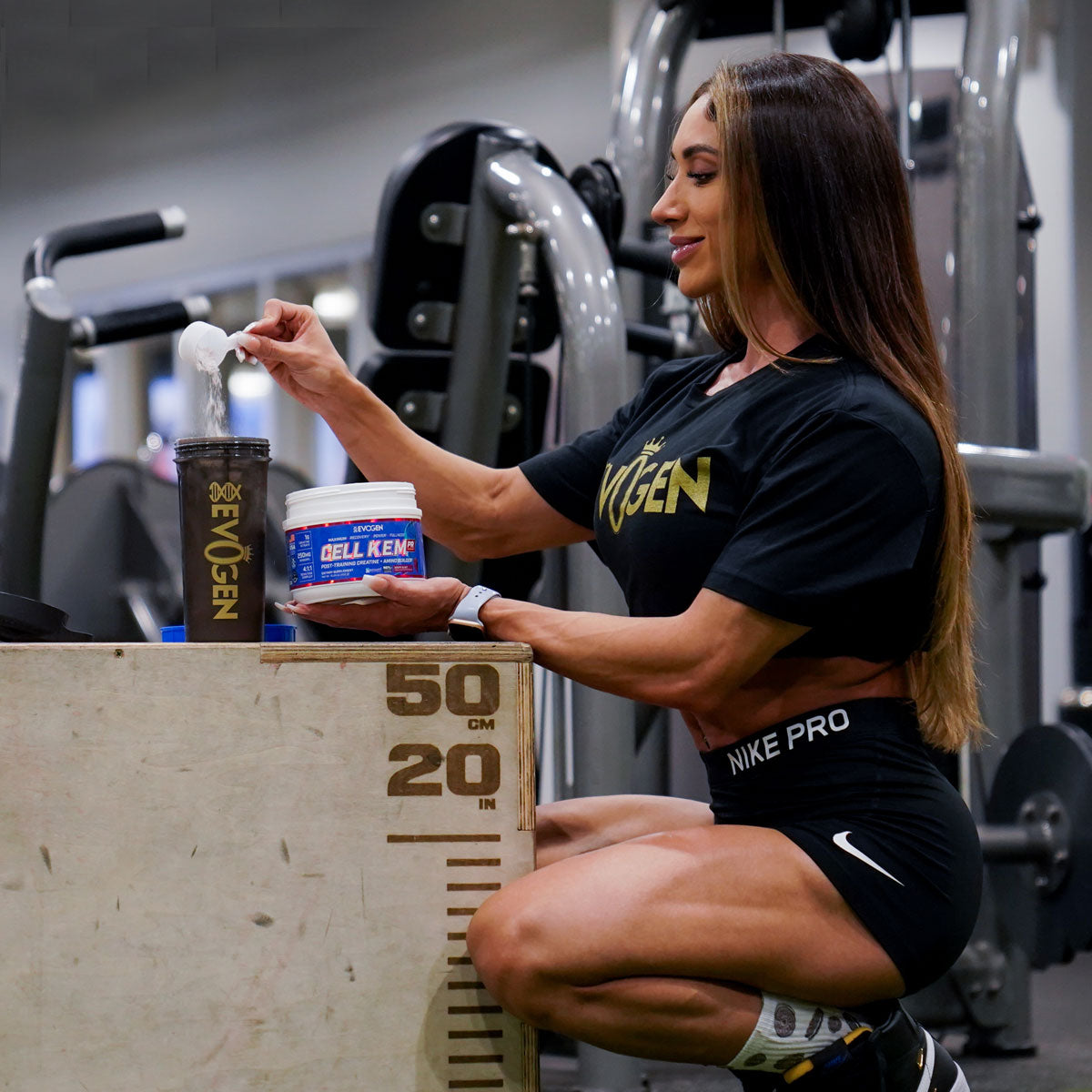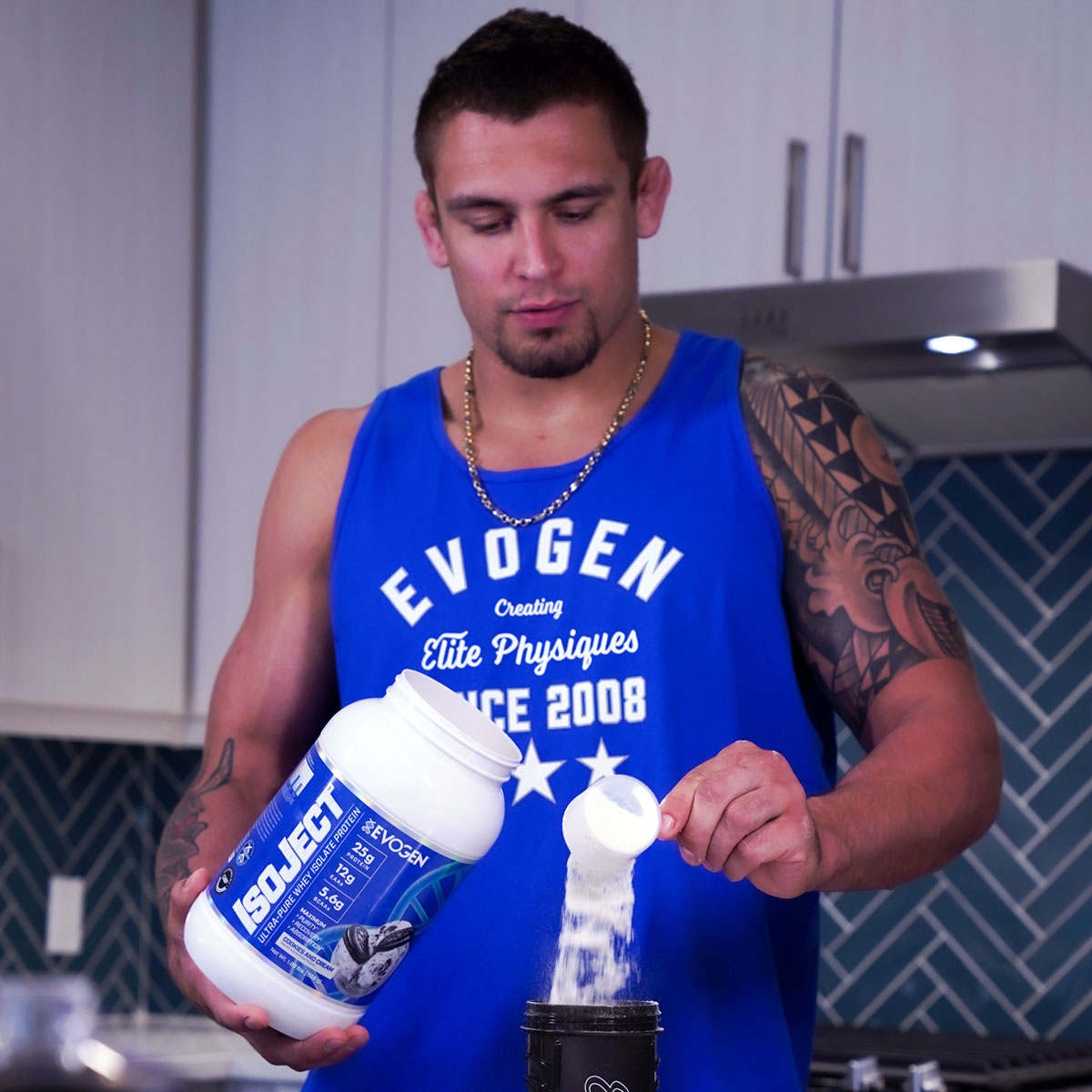When was the last time you got excited about post-workout recovery? Probably not nearly as much as your excitement to get in the gym and toss some weight around. Unfortunately, this lack of focus could be what’s holding you back from experiencing mind-blowing muscle growth.
In this article, we will dive deeper into the topic of post-workout recovery and how it relates to your overall success following your training sessions instead of the actual training sessions themselves.
Disclaimer: This article is for informational purposes only. It is recommended that you speak with your doctor before engaging in any exercise program to ensure you are healthy enough to do so.
The Purpose of Your Workout
Many people put so much focus into their workout that they maximize every second in the gym to help spark new muscle growth. While being a key part of the muscle-building process, it’s not necessarily the most important.
The primary reason people engage in any sort of resistance training is to build muscle and increase strength. Resistance training involves using weights, resistance bands, or bodyweight exercises to challenge your muscles and create microtears in the muscle fibers. These microtears are essentially what causes muscle soreness and DOMS in the following days, which can be uncomfortable in the short term, but ultimately can lead to muscle growth and increased strength when combined with a solid post-workout recovery protocol.
Breaking down muscle fibers to rebuild them bigger and stronger is what we commonly refer to as muscle hypertrophy. This process occurs when your muscles adapt to the stress placed on them during resistance training. As you continue to challenge your muscles with heavier weights or more difficult exercises (through progressive overload), your muscle fibers respond by growing and becoming stronger.
Muscle hypertrophy occurs in two ways:
- Myofibrillar hypertrophy
- Sarcoplasmic hypertrophy
Myofibrillar hypertrophy involves an increase in the size and number of the contractile units in your muscle fibers. This type of hypertrophy is associated with increases in strength and power.
Sarcoplasmic hypertrophy, on the other hand, involves an increase in the fluid and energy-producing components of your muscle fibers. This type of hypertrophy is associated with increases in muscle size and endurance.
Related Article: The Secret to Getting 3D - Sarcoplasmic Hypertrophy
In addition to building muscle mass and strength, resistance training has numerous other health benefits. These include increased bone density, improved insulin sensitivity, and decreased risk of chronic diseases such as obesity, diabetes, and heart disease.
Taking all of that into account, you can spend hours every day in the gym crushing your workouts and see very little to no changes to your physique at all. But why? After all, you’re taxing your muscles and breaking down the fibers. The reason is due to a lack of focus on a more critical aspect — post-workout recovery.
Why Your Post-Workout Recovery is MORE Important
Post-workout recovery is often overlooked, but it is actually more important than the workout itself. This is because post-workout recovery is the time when your body repairs and rebuilds the muscle fibers that were broken down during your strenuous training sessions in the gym.
When you engage in intense physical activity such as resistance training, you create muscle damage (the microtears described above). While this might sound counterproductive since you’re tearing down muscle fibers, it is actually a necessary part of the muscle-building process. When your muscles repair themselves, they become stronger and more resilient, allowing you to push yourself even harder in your next workout. The product of this process can equate to more muscle growth and a more impressive physique.
Related Article: Sensoril — Post-Workout Recovery Optimization Benefits
However, if you do not focus on your post-workout recovery or allow for adequate recovery time, your muscles cannot fully repair and recover. This can lead to decreased performance, increased risk of injury, and even muscle loss. Essentially, you’d be taking one step forward and two back. Additionally, inadequate recovery can lead to symptoms of overtraining, such as fatigue, decreased motivation, and reduced immune defense.
Optimizing post-workout recovery involves a few key components. First and foremost, you need to allow for adequate rest and sleep. This is when your body does most of its repair and recovery work. Aim for at least 7-9 hours of sleep each night, and consider taking rest days throughout the week to allow your body time to recover.
Another critical component of post-workout recovery is nutrition and supplements. Your body needs adequate protein and carbohydrates to repair and rebuild muscle fibers. Aim to consume a protein-rich meal or protein shake within 60 minutes of completing your workout, and focus on whole foods such as lean meats, eggs, and vegetables. While the whole “anabolic window theory” has been debunked, getting in your post-workout recovery within 60 minutes ensures you don’t forget to take in adequate amounts of protein to kickstart the recovery process, along with carbohydrates to refill your muscle glycogen stores.
You should also consider incorporating specific supplements like Evogen Nutrition Cell K.E.M. PR into your post-workout recovery routine. Cell K.E.M. PR helps amplify the speed of your recovery process. When recovery is slow, you aren’t able to maximize the following workout in the gym.
Evogen Nutrition Cell K.E.M. PR is a cutting-edge post-workout supplement that can help to optimize your recovery and muscle-building potential. This powerful supplement contains a unique blend of ingredients that work together to support muscle recovery, growth, and repair.
Through the use of Evogen Nutrition Cell K.E.M. PR, you can also experience less muscle soreness by helping flood the muscles with powerful and patented ingredients that improve blood flow and nutrient delivery.
Lastly, you should consider incorporating foam rolling, stretching, and massage techniques into your post-workout routine. These techniques can help to increase blood flow to your muscles, speed up recovery time, improve flexibility, and reduce soreness.
Never Neglect Post-Workout Recovery
If you want to add the quality mass to your frame that you’re looking for, you need to put as much emphasis and thought into your post-workout recovery as you do your actual workout. While the workout itself is a part of the muscle-building equation, it is the post-workout recovery aspect that can make or break your results as it allows your muscles to repair and rebuild.
Without proper recovery, your muscles cannot recover, and you may experience decreased performance and an increased risk of injury. So, make sure to prioritize post-workout recovery by getting adequate rest and sleep, consuming adequate nutrients, utilizing key supplements such as Evogen Nutrition Cell K.E.M. PR, and incorporating recovery techniques into your routine.

